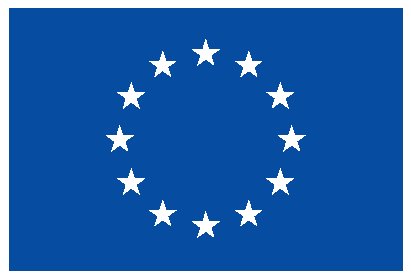Multi-task learning for the prediction of wind power ramp events with deep neural networks
Hits: 8234
- Research areas:
- Uncategorized
- Year:
- 2020
- Type of Publication:
- Article
- Keywords:
- Wind power ramp events, Multi-task learning, Multi-output, Deep neural networks, Renewable energies
- Authors:
-
- Dorado-Moreno, Manuel
- Navarin, N.
- Gutiérrez, Pedro Antonio
- Prieto, L.
- Sperduti, A.
- Salcedo-Sanz, Sancho
- Hervás-Martínez, César
- Journal:
- Neural Networks
- Volume:
- 123
- Pages:
- 401-411
- Month:
- March
- ISSN:
- 0893-6080
- BibTex:
- Note:
- JCR(2020): 8.050 Position: 25/273 (Q1) Category: NEUROSCIENCES
- Abstract:
- In Machine Learning, the most common way to address a given problem is to optimize an error measure by training a single model to solve the desired task. However, sometimes it is possible to exploit latent information from other related tasks to improve the performance of the main one, resulting in a learning paradigm known as Multi-Task Learning (MTL). In this context, the high computational capacity of deep neural networks (DNN) can be combined with the improved generalization performance of MTL, by designing independent output layers for every task and including a shared representation for them. In this paper we exploit this theoretical framework on a problem related to Wind Power Ramps Events (WPREs) prediction in wind farms. Wind energy is one of the fastest growing industries in the world, with potential global spreading and deep penetration in developed and developing countries. One of the main issues with the majority of renewable energy resources is their intrinsic intermittency, which makes it difficult to increase the penetration of these technologies into the energetic mix. In this case, we focus on the specific problem of WPREs prediction, which deeply affect the wind speed and power prediction, and they are also related to different turbines damages. Specifically, we exploit the fact that WPREs are spatially-related events, in such a way that predicting the occurrence of WPREs in different wind farms can be taken as related tasks, even when the wind farms are far away from each other. We propose a DNN-MTL architecture, receiving inputs from all the wind farms at the same time to predict WPREs simultaneously in each of the farms locations. The architecture includes some shared layers to learn a common representation for the information from all the wind farms, and it also includes some specification layers, which refine the representation to match the specific characteristics of each location. Finally we modified the Adam optimization algorithm for dealing with imbalanced data, adding costs which are updated dynamically depending on the worst classified class. We compare the proposal against a baseline approach based on building three different independent models (one for each wind farm considered), and against a state-of-the-art reservoir computing approach. The DNN-MTL proposal achieves very good performance in WPREs prediction, obtaining a good balance for all the classes included in the problem (negative ramp, no ramp and positive ramp).
- Comments:
- JCR(2020): 8.050 Position: 25/273 (Q1) Category: NEUROSCIENCES







